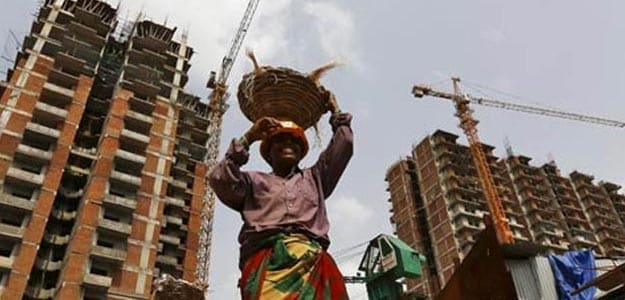
Unveiling the economic prospects for India in its Asian Development Outlook (ADO) 2016, ADB said: “While, public investment and urban consumption were the major drivers for growth last fiscal, a revival of private investment and rural consumption is critical if growth is to remain strong in 2016-17 and 2017-18, given the likely sluggish recovery in the advanced economies and the anemic outlook for global trade.”
ADB said India’s economic growth is expected to decline to 7.4 per cent in the 2016-17 fiscal, from 7.6 per cent in the current financial year ending tomorrow, due to weak global demand and falling exports.
India’s urban consumption may be boosted due to impending salary hike for government employees, however, revival of rural consumption hinges on the quality of the monsoon because a major part of the rural economy continues to depend heavily on agriculture.
It said a normal monsoon would augur well for growth in agriculture, which has been depressed by weak rains in the past two years.
“Nevertheless, budget’s support for programmes aimed to improve agricultural productivity and its larger funding of the government employment scheme for poor rural families should boost rural incomes and spending”, it said.
The Manila headquartered multi-lateral funding agency said public investment will continue to be an important driver for growth as the government is expected to use savings from oil to further boost government investment.
Slowdown in advanced economies including the US, lower export commodity prices, and weaker currencies in some major trading partners vis-a-vis the Indian rupee are likely to hit merchandise exports and financial, telecom, business and other tradable services, ADB said.
“Lower net exports could thus impinge on growth,” it added.
Besides, referring to the Reserve Bank, it said there is a
limited policy headroom to bolster growth because of likely pressure due to uptick in inflation and plans for further fiscal consolidation.
“However, with new guidelines from the central bank requiring banks to set their lending rates based on marginal cost of funds or the rates offered to new deposits, there will be greater transmission of reduced policy rates to lending rates.
“The consequent reduction in the cost of borrowing is likely to boost aggregate demand”. ADB also said any aggressive rate cuts are unlikely by the RBI, 2016-17 may see some monetary easing.










